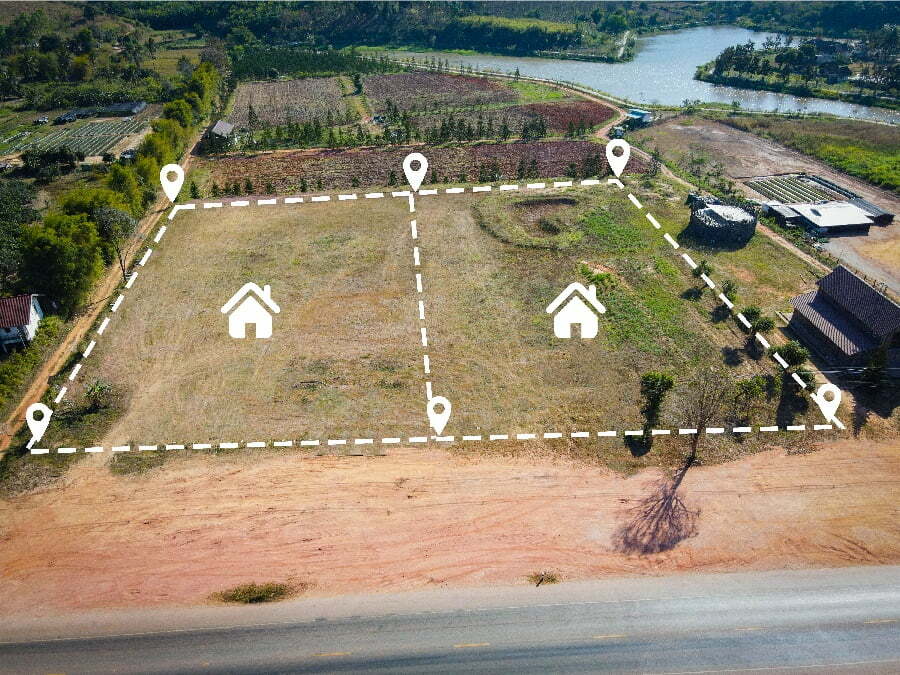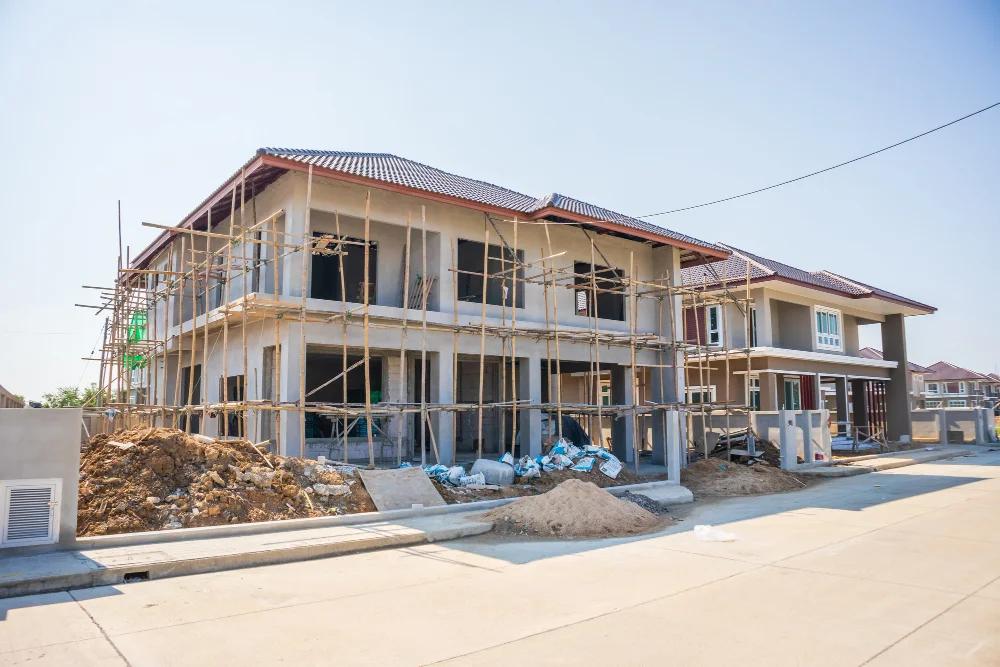Last updated on
Here are six main things you need to know about the land entitlement process. Read on!
Are you a developer or landowner looking to understand the complexities of the land entitlement process? Navigating through complex and varying regulations each step of the way can be challenging.
Knowing what information is accurate, understanding which elements are important, and learning how to navigate the steps involved in this process are key to any successful endeavor.
Our article will provide some useful information that should help guide you through your land entitlement journey, focusing on helping developers and landowners make smart decisions while managing their projects with confidence.
What Is Land Entitlement Process and Its Purpose

The land entitlement process refers to the set of procedures that property developers need to follow to obtain necessary approvals and permits from government agencies and other relevant organizations. It is a complex process that involves various stakeholders, including landowners, local authorities, and community groups.
The land entitlement process aims to ensure that any proposed development is compatible with existing regulations and guidelines and meets the needs and expectations of the larger community.
This process involves comprehensively analyzing the project’s environmental impact, zoning regulations, and other applicable laws. As such, it is an essential step in developing any real estate project and requires the expertise of experienced professionals.
The Different Types of Land Entitlements

Land entitlement is a complex and highly specialized field that involves a range of different types of entitlements. From zoning and land use permits to subdivision approvals, each type of entitlement plays a critical role in shaping land use, development, and regulation.
As such, anyone seeking to navigate this territory must understand the differences between these various types of entitlements and the legal and regulatory frameworks that underpin them.
From relying on professionals like Vest Right, or your local attorneys, to utilizing quality resources like the US Department of Housing and Urban Development’s website for guidance, there are many sources of information available to help developers better understand their different land entitlement options.
Consider Local Regulations and Zoning Laws

These regulations establish the guidelines that developers, businesses, and property owners must adhere to when constructing or operating in a certain area.
They frequently address issues such as building height, land use, public safety, and environmental concerns. Without these regulations, we would have chaos in our communities, resulting in detrimental outcomes.
Adhering to zoning laws and regulations helps ensure that we maintain a healthy and sustainable urban environment that is conducive to the growth and development of individuals and businesses.
Therefore, it is essential for individuals and businesses to be aware of local regulations and zoning laws and to comply with them as they engage in community development activities.
Analyze Your Property’s Potential for Development

Start with a thorough examination of the land, including any topographical features, existing structures, and potential obstacles. From there, consider the local zoning regulations and any potential limitations they may impose on the types of developments allowed.
This is also a good time to reach out to local officials and community members to gauge interest in potential projects and gather input on any concerns or priorities.
Finally, don’t forget to consider the financial feasibility of any potential developments, factoring in costs like construction, permits, and ongoing maintenance.
Prepare a Comprehensive Feasibility Study

As businesses look to expand and take on new projects, it is important to clearly understand the feasibility of these endeavors.
This is where a comprehensive feasibility study comes in. Such a study explores various aspects of a proposed project, including its economic viability, potential market, and regulatory requirements. Conducting a thorough feasibility study is crucial in making informed decisions about the future of a business.
As such, it requires the use of rigorous analysis, research, and documentation to provide an accurate and reliable report. Whether you are a small business owner or a major corporation, investing in a comprehensive feasibility study is a wise move to ensure the success of your ventures.
Research Environmental Regulations and Obtain Permits

Properly understanding and implementing these regulations is a legal requirement and an ethical responsibility toward the environment and the community.
Obtaining permits is an essential step before commencing any project, and entails a detailed examination of the proposed plans and their potential environmental impact. It is imperative to have a thorough understanding of the applicable regulations at the federal, state, and local levels to ensure successful compliance.
A well-informed approach to environmental regulation and permitting can ultimately save businesses from costly litigation and reputational damage while promoting the common goal of sustainable development.
Defining what entitlement is and its purpose provides a strong foundation for any development project. Understanding the different types of entitlements, local regulations, and zoning laws should assist in preparing for the entitlement process.
Analyzing your property’s potential for development should then give developers an idea of their expectations regarding profit or development objectives.
Once the developing team has a better idea of what lies ahead, they can research environmental regulations and obtain permits while also preparing a comprehensive feasibility study to inform their decision-making processes regarding entitlement further.
Related reading:
Table of Contents





